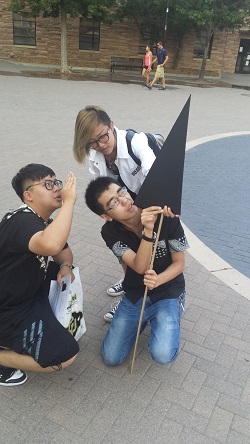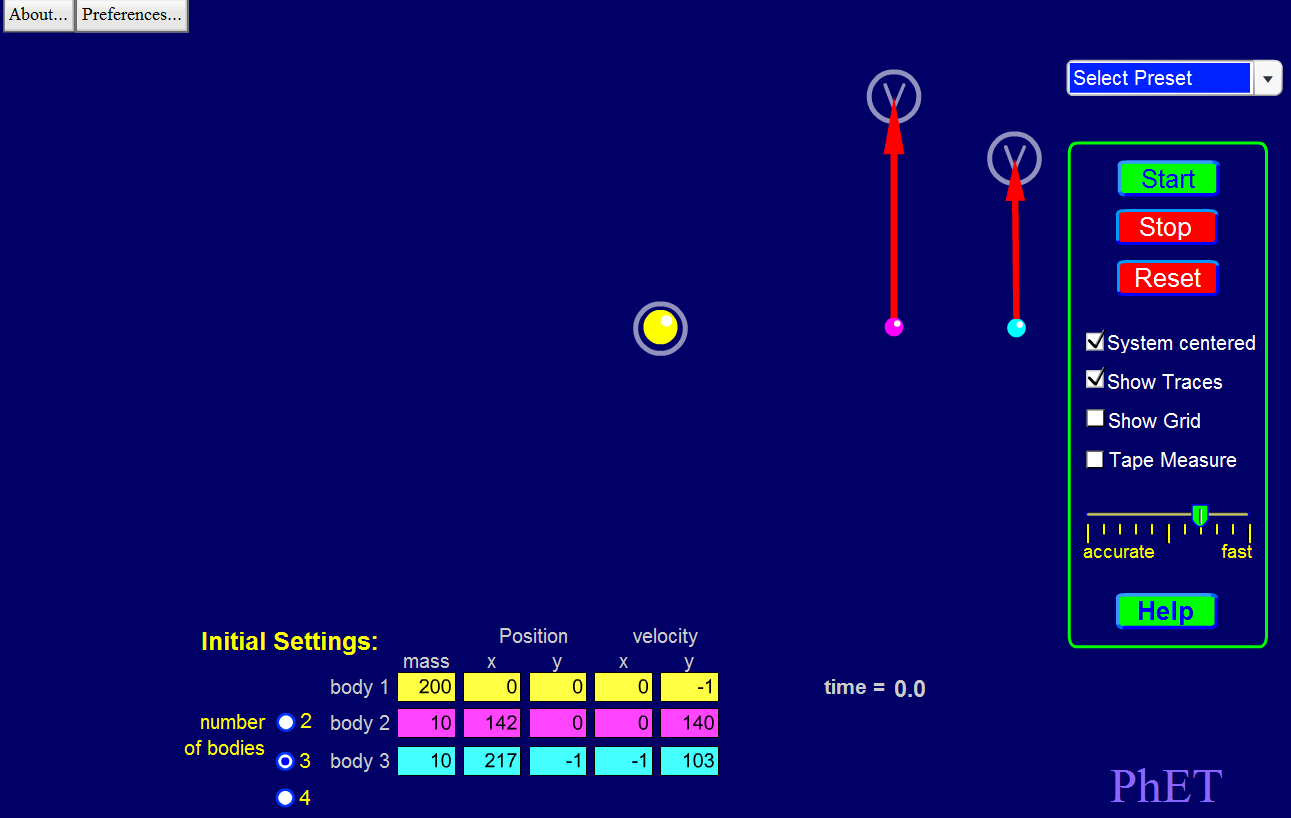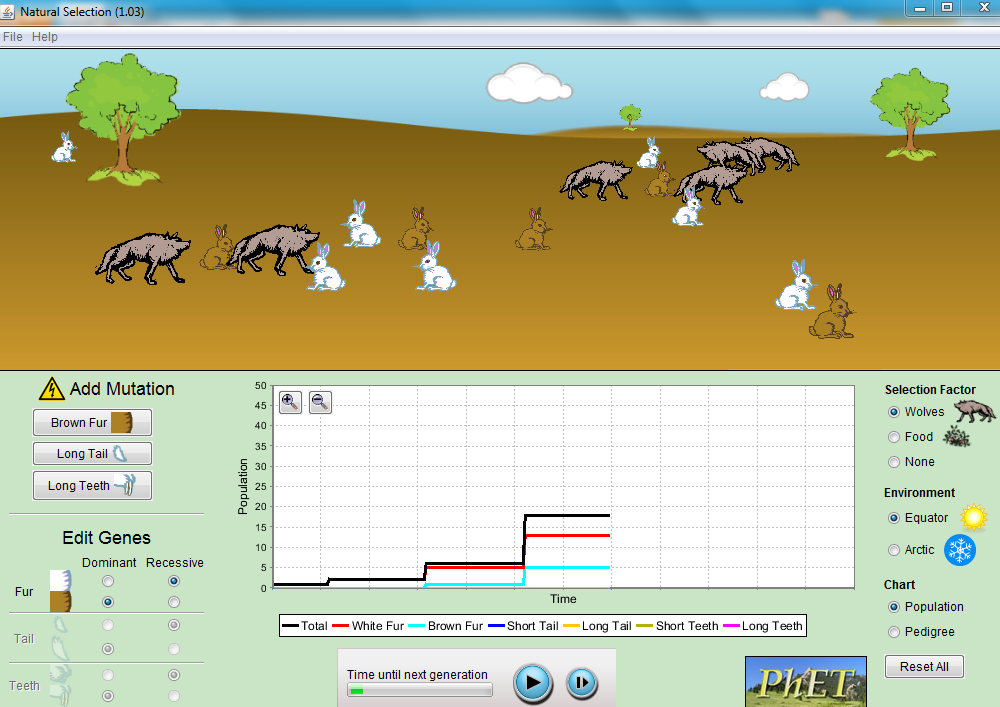Many students hate science because they think it is a boring process of memorizing stuff. They think that because they were taught that way. Anyone who does science knows that creativity, failure, and success make it an exciting endeavor. I’ve invented and tested a handful of activities that engage and even excite students, that are not so proscriptive. Here they are:
- Measuring a Building (student version)
 Students measure the height of a building with just a big cardboard triangle that has sides in a ratio of 2 to 1, a meter stick, and their ingenuity. Most have never done a lab where they weren’t told exactly what to do. After they get over the shock, they actually really get into it. The data produced is WONDERFUL for discussing experimental error, why different groups of scientists measure the same thing, and other practical aspects of science that citizens should understand. Useful: Gamow Tower (TA & LA version) , and Discussing the student measurements of building height.
Students measure the height of a building with just a big cardboard triangle that has sides in a ratio of 2 to 1, a meter stick, and their ingenuity. Most have never done a lab where they weren’t told exactly what to do. After they get over the shock, they actually really get into it. The data produced is WONDERFUL for discussing experimental error, why different groups of scientists measure the same thing, and other practical aspects of science that citizens should understand. Useful: Gamow Tower (TA & LA version) , and Discussing the student measurements of building height. - Doppler Extrasolar Planets (or as PDF) Doppler – Extrasolar Planets
 This is one of a few activities that lets non-majors experience computer modelling. It uses one of the remarkably successful, free PHeT applets, that have been used nearly 400 million times! One of the things students are asked to do is to build a solar system with two massive planets. They are very surprised to find how difficult this is, and how easily one planet gets ejected or thrown into the sun. Unfortunately, this app is written in Flash, which will stop working by the end of this year. Even now I can only run it in the Chrome browser, not Firefox. To use and save this great activity, you might email the PHeT website or even make a donation targeted to “My Solar System.”
This is one of a few activities that lets non-majors experience computer modelling. It uses one of the remarkably successful, free PHeT applets, that have been used nearly 400 million times! One of the things students are asked to do is to build a solar system with two massive planets. They are very surprised to find how difficult this is, and how easily one planet gets ejected or thrown into the sun. Unfortunately, this app is written in Flash, which will stop working by the end of this year. Even now I can only run it in the Chrome browser, not Firefox. To use and save this great activity, you might email the PHeT website or even make a donation targeted to “My Solar System.” - The Stonehenge Challenge. Survey what your students know about how the rising and setting of the sun changes from winter to summer and you’ll likely be shocked that they’ve not noticed this. So I make it a contest. We put a big pole in the ground and students get wooden stakes to put i where they think the shadow of the pole will fall as the sun sets on a given date. Students have access to planetarium software that models the rising and setting of the sun on any date. BUT, outside there are no makers N, S, E, W! The activity requires them to figure out compass directions, and we don’t let them use their phone for this. So far students have come up with at least 4 or 5 different ways to do this! We then meet on the “prediction day,” watch sunset, and give prizes to the winners.
- “Survivor” in the Planetarium.

 CU has Fiske, one of the highest tech planetariums in the US, and many schools have planetariums that can show spectacular images. But this is still passive. We know that people remember better when they’ve used a concept, not just see and heard it. So….we pretend to drop students on a remote location, and they have to figure out approximately where they are on the earth, and what time of year. They have their watch still showing the time at home. They can watch sunrise, sunset, and the stars at the new location. Helpful: Survivor Lab_ Instructor’s Guide and SurvivorCaseStudy – TA LA instructions
CU has Fiske, one of the highest tech planetariums in the US, and many schools have planetariums that can show spectacular images. But this is still passive. We know that people remember better when they’ve used a concept, not just see and heard it. So….we pretend to drop students on a remote location, and they have to figure out approximately where they are on the earth, and what time of year. They have their watch still showing the time at home. They can watch sunrise, sunset, and the stars at the new location. Helpful: Survivor Lab_ Instructor’s Guide and SurvivorCaseStudy – TA LA instructions - Climate Change – Are You Smarter than a Journalist? Students compare a Wall St. Journal climate change denying article, and a Fox News report of it, with the abstract of the scientists’ actual findings. I’ve tested this many times and students are, indeed, mostly way ahead of these sloppy or politically motivated reports that misrepresent what the scientists found. Teach your students how and where to get accurate scientific information. Teach scientific thinking!
- Evolution – How Does Natural Selection Work?
 Uses the PHeT applet to start with a pair of cute bunnies, let them multiply, let predators come, and watch natural selection before your eyes.
Uses the PHeT applet to start with a pair of cute bunnies, let them multiply, let predators come, and watch natural selection before your eyes. - A Modern Sun Activity. Even though we have a great solar telescope at our Sommers Bausch Observatory, this activity links to the Solar Dynamics Explorer satellite to get awesome solar data in ultraviolet and near X-ray wavelengths you can’t see from the ground.

